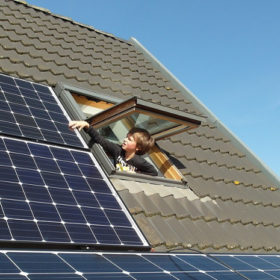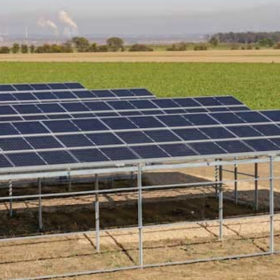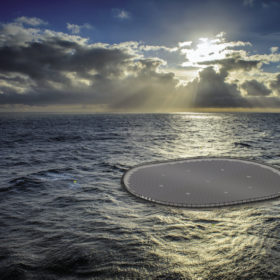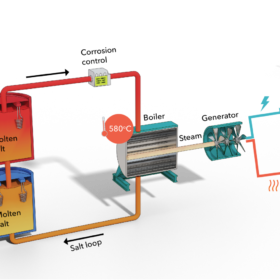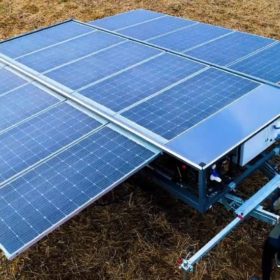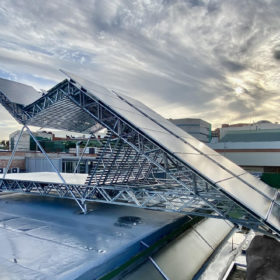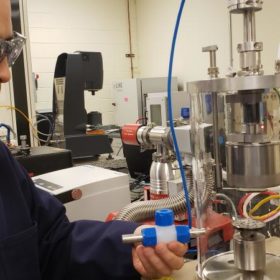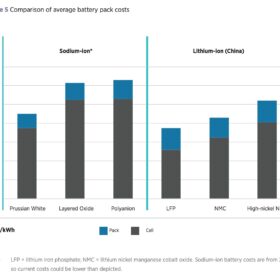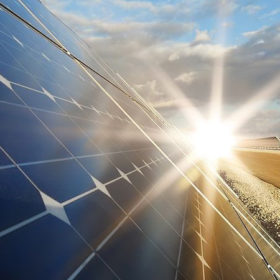Residential based energy storage will become the new ‘Boiler 2.0
Residential-based energy storage will become the new ‘Boiler 2.0’ and could form part of a virtual power plant, providing a viable solution to the global energy crisis and helping us to achieve our net-zero goals.
New agrivoltaic system design from Germany
Germany’s Sunfarming is testing the new project design in cooperation with research centers Jülich and the Fraunhofer ISE.
The long read: Is the coast clear for solar to head offshore?
There are literal oceans of space for floating PV (FPV), beyond the first applications on lakes, reservoirs and hydro-electric dams. For countries where land is at a premium, such as the Netherlands, Singapore, and Japan, offshore FPV is of particular interest. Of course, unlike a reservoir, the sea is rarely still. Thankfully FPV’s growth has also brought technological innovation and maturity with it, meaning the coast could now be clear for solar to head offshore.
Storing solar power with grid-scale molten hydroxide
Seaborg Technologies, a Danish manufacturer of molten salt nuclear reactors, has turned a technology that was originally developed for nuclear power into a large-scale storage solution for wind and solar. It has developed a storage system that uses renewable energy to heat salt with electrical heaters, based on two-tank molten salt storage designs developed for concentrated solar power plants.
‘Solar and wind deployment could not now be stopped if we wanted to’
BloombergNEF’s Jenny Chase has surveyed the state of affairs in world solar for clean energy journal Joule and said the technology’s historic ability to surmount obstacles – and persistently confound analysts’ predictions – should offer a reason for hope.
Hyundai enters heterojunction PV module business
Hyundai wants to use a partnership with South Korean PV equipment supplier Jusung Engineering to commercialize solar modules based on 24.45%-efficient heterojunction solar cells.
Solar trailer for off-grid applications from France
Developed by French start-up Ecosun, the trailer is equipped with 15 solar panels with output of 360 W and batteries with a storage capacity of 23 kWh. It can be used for construction sites, military camps and water pumping systems.
Forget batteries, what if surplus renewable energy could be stored as information?
A pair of researchers from UC San Diego has proposed to precompute certain data when the grid is flooded with solar or wind power, and then store it on servers for later use.
Reversible photovoltaic shade under the Madrid sky
The 8 kW photovoltaic shade was deployed on the outdoor rest area of a commercial building located in the northern part of Madrid. It was built with conventional solar modules provided by JA Solar and a structure made with light galvanized steel profiles for plasterboard partitions.
Cobalt-free, solid-state, lithium-ion battery plant opens in Silicon Valley
U.S-based solid-state battery start-up Sparks has opened a pilot plant for its patented lithium battery technology based on zero cobalt cathodes. The company wants to challenge China’s dominance in next-gen battery development.
